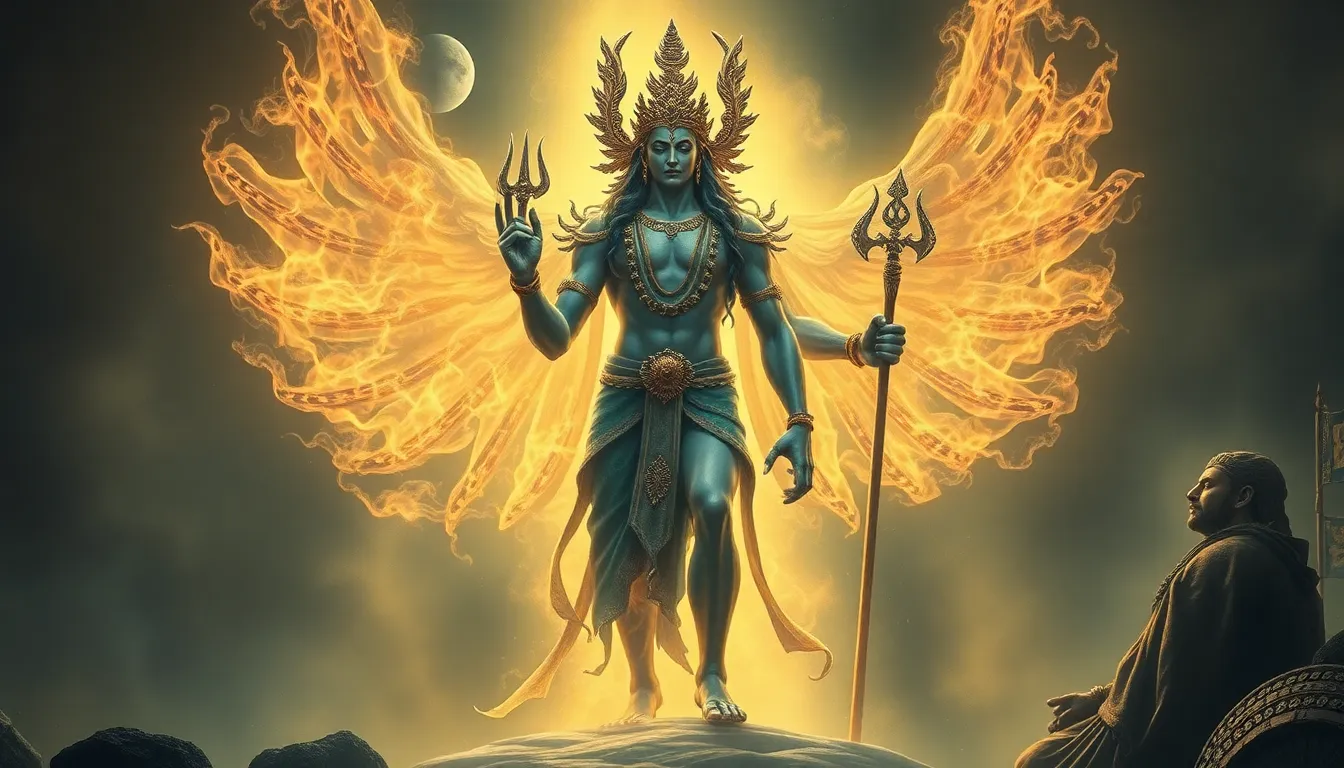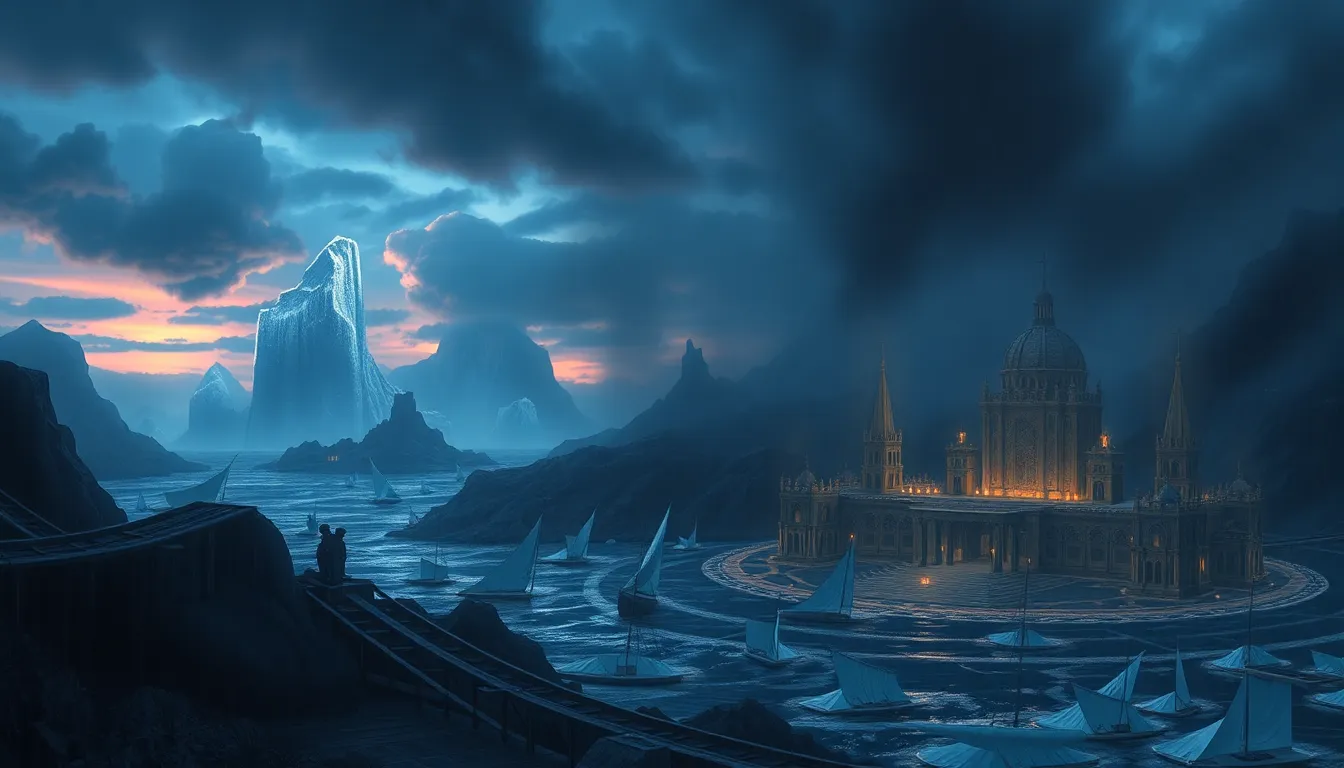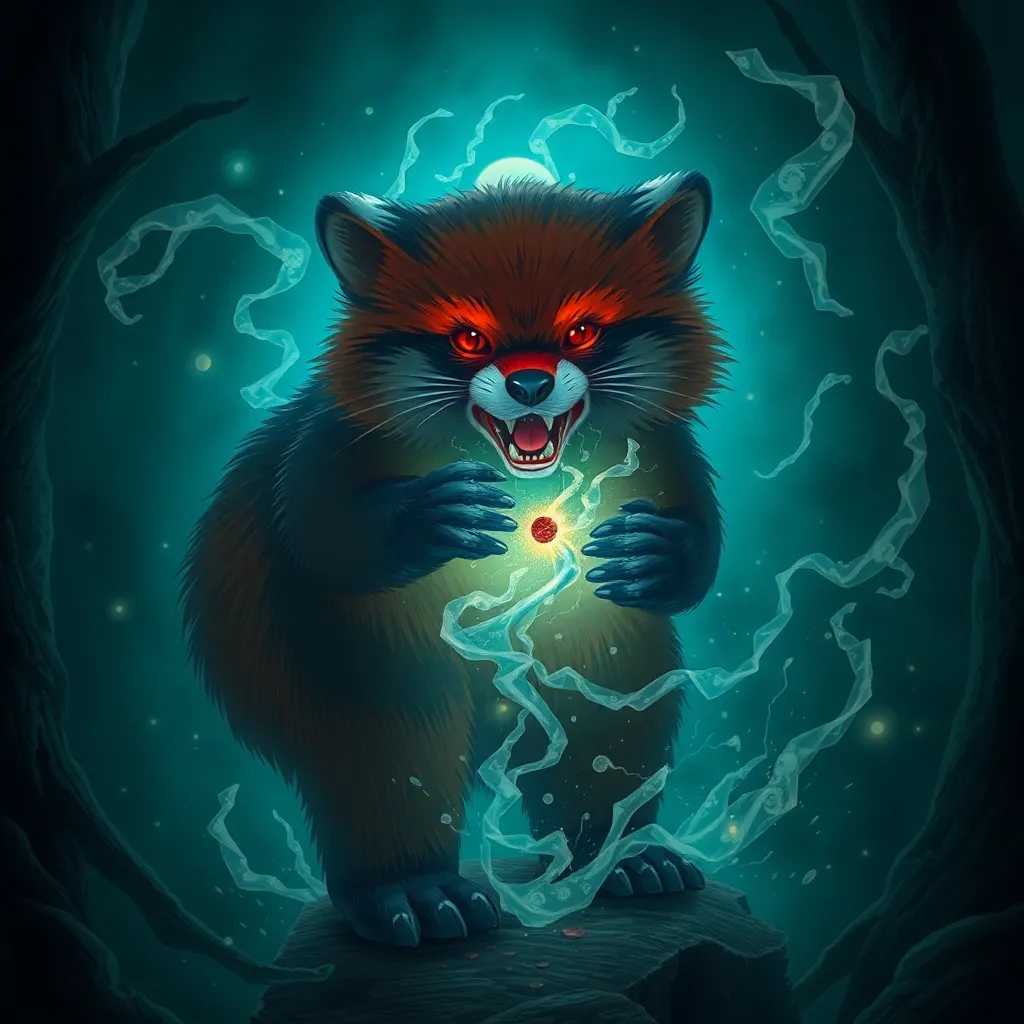The Myth of the Incan Mummies: Guardians of the Afterlife
The Incan Empire, a civilization that once flourished in the Andes Mountains, left behind a fascinating legacy. Among their many remarkable achievements, the meticulous preservation of their dead is a testament to their beliefs and rituals. Incan mummies, often adorned in elaborate clothing and artifacts, are not just lifeless remains; they are considered guardians of the afterlife, imbued with spiritual power and safeguarding the well-being of their loved ones.
Introduction: The Fascinating World of Incan Mummies
The discovery of Incan mummies has captivated the imagination of historians, archaeologists, and the general public alike, and they offer a unique window into the beliefs and practices of this ancient civilization. These mummies, preserved through a complex process of desiccation and wrapping, are more than just remnants of the past. They embody the enduring connection between the living and the dead, reflecting the profound meaning death held for the Incan people.
The Significance of Death in Incan Culture
Death was a fundamental aspect of Incan life, not an end but a transition. The Inca believed that after death, the spirit, or ayllu, journeyed to the underworld, where it was judged by the gods. The deceased were not simply forgotten; they continued to exist in the spirit world, holding influence over the living. The Incan concept of death extended beyond the realm of the individual; it was closely tied to the well-being and prosperity of the entire community.
The Role of Mummies as Guardians of the Afterlife
Incan mummies were not simply preserved for their physical preservation but held a vital spiritual role. They served as protectors, guardians of the living and intermediaries between the world of the dead and the realm of the living. These mummies were believed to possess the power to intervene in the lives of their families, influencing their fortunes and protecting them from harm.
Preserving the Dead: The Incan Mummification Process
The Incan mummification process was a complex and meticulous endeavor. After death, the body was carefully cleaned, drained of fluids, and wrapped in layers of cloth. The process could take months, and often involved placing the body on a platform to allow for natural desiccation. The mummies were then adorned in clothing and artifacts that reflected their social status and possessions in life, a way of ensuring they had what they needed in the afterlife.
The Power of the Apus: Mountain Spirits and Mummy Protection
Incan mythology deeply intertwined with the natural world, and the Apus, or mountain spirits, played a powerful role in their beliefs. These spirits were revered as guardians, protectors of the land and its people. The Apus were believed to have the power to influence the weather, grant prosperity, and ensure the well-being of the community. They were seen as intermediaries between the living and the ancestors, and the mummies, especially those of high-ranking individuals, were often placed within the mountains, close to the realm of the Apus. This association with the powerful Apus provided additional protection and spiritual support for the families of the deceased.
The Mummy as a Link Between Worlds: Bridging the Gap Between the Living and the Dead
The presence of the mummy served as a visible reminder of the continuous connection between the living and the dead. It highlighted the enduring presence of the ancestors in the world of the living. With the spirit of the deceased residing in the underworld, their physical remains acted as a tangible link, offering a bridge between the two realms. This connection was vital for the spiritual well-being of the community, ensuring the ancestors' continued influence and protection.
Theories on the Purpose of Incan Mummies
While the belief in the power of the mummies as guardians and protectors is well-documented, the exact purpose and ritualistic significance of mummification are still debated among historians and archaeologists. Some believe that the practice was primarily focused on safeguarding the deceased's spirit and ensuring its safe journey to the underworld. Others suggest that it was a way to maintain the deceased's presence and power among the living, particularly in the case of rulers and other individuals of high social standing. The numerous offerings and artifacts found buried with the mummies provide valuable insights into the rituals and beliefs surrounding death and the afterlife in Incan culture.
The Debate on Ritualistic Sacrifices and Mummy Creation
The discovery of children's mummies in some Incan archaeological sites has led to debate about the role of human sacrifice in Incan culture. While the exact reasons for these sacrifices remain unclear, some theories suggest they were intended to appease the gods or to ensure the prosperity of the community. The presence of these mummies alongside adult remains raises questions about the extent to which sacrifice was intertwined with the practice of mummification. It's important to note that these sacrifices were not a common practice and only occurred in specific cases and are not representative of the entirety of their beliefs.
The Mummy as a Symbol of Power and Legacy
Incan mummies, especially those of rulers and dignitaries, served as potent symbols of power and legacy. Their elaborate burials and the careful preservation of their bodies reflected their status and the importance placed upon their memory. The mummies represented a tangible link to the past, solidifying the authority and prestige of their families and lineages. This power extended beyond the realm of the individual, encompassing the well-being of the community as a whole.
The Enduring Legacy of Incan Mummies and their Mythological Significance
The Incan practice of mummification, driven by their profound beliefs about the afterlife and the enduring presence of the ancestors, created a unique aspect of their culture. The mummies are not merely historical artifacts; they are powerful testaments to the Incan belief in the interconnectedness of the living and the dead. Their preservation and the myths and rituals surrounding them offer a glimpse into the fascinating world of Incan spirituality and the enduring impact of their beliefs on their society. Today, the mummies continue to enthrall and intrigue, representing a poignant reminder of the complex relationship between life, death, and the spiritual realm in Incan culture.
Frequently Asked Questions
Q: What is the difference between an Incan mummy and a modern mummy?
- A: The main difference lies in the methods used for preservation. Modern mummies are typically preserved using chemical solutions and embalming techniques, while Incan mummies were preserved through natural desiccation, a process of drying out the body, and wrapping.
Q: Why were Incan mummies so important to their culture?
- A: Incan mummies were believed to be guardians of the afterlife, possessing the power to protect their families and influence events in the world of the living. They served as a tangible link between the realm of the dead and the living, providing a sense of continuity and connection.
Q: How were Incan mummies dressed?
- A: The clothing and artifacts placed on Incan mummies varied depending on their social status and possessions during life. They were often dressed in elaborate garments made from textiles, adorned with jewelry and other trinkets. These items were intended to provide the deceased with the same comfort and status in the afterlife.
Q: Are there any Incan mummies still on display today?
- A: Yes, there are a number of Incan mummies on display in museums around the world, including the Museo Larco in Lima, Peru, and the American Museum of Natural History in New York City. These exhibits provide visitors with a fascinating glimpse into the life and beliefs of this ancient civilization.



